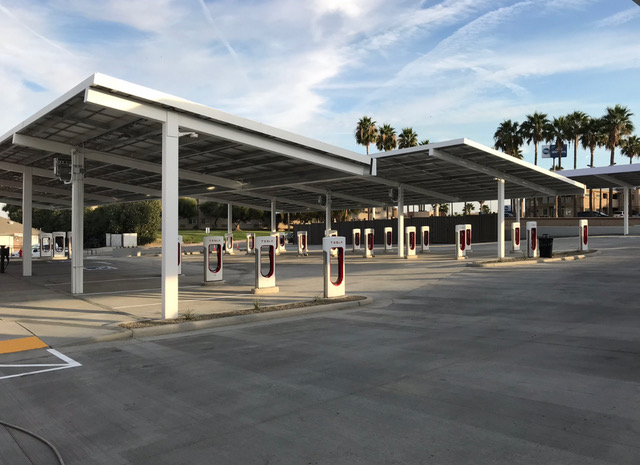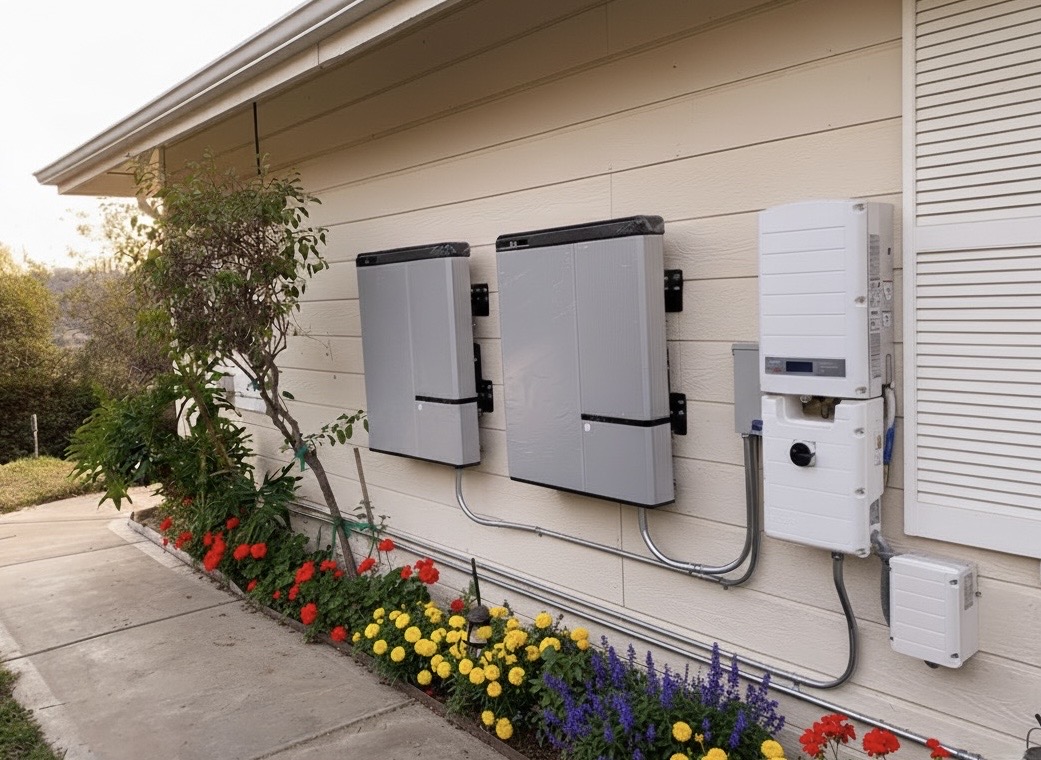Commercial Data, Network & AV Wiring in Echo Park
Your Echo Park business relies on fast, reliable connectivity—whether you're running a boutique on Sunset Boulevard, a production studio off Glendale Boulevard, or a caf\u00e9 near Echo Park Lake. Shaffer Construction, Inc. designs and installs commercial-grade structured cabling, Wi\u2011Fi, and AV systems that fit historic buildings and modern workflows alike. From Cat6/Cat6A network backbones to conference-room AV and whole-building Wi\u2011Fi, we engineer every detail for performance, aesthetics, and code compliance. We're local, we know the nuances of Angelino Heights, # Right single quotation mark (apostrophe) r'‘': Victorian architecture and Craftsman bungalows, and we make upgrades painless for busy owners and property managers. Typical projects are completed in 1–3 days once permitted, with budgets –$20,000+ depending on scope.
Our Work



Benefits
Wiring That Supports Tomorrow
We design for today’s needs and tomorrow’s growth. Cat6A backbones support 10‑gigabit to the desk, PoE++ (802.3bt) for cameras/displays, and Wi‑Fi 6/6E access points. For long runs or multi‑building sites, we install OM4 multimode or single‑mode fiber with scalable patching. AV systems leverage HDBaseT 3.0 and AV‑over‑IP for 4K distribution, with DSP‑based audio for clear conferencing. We build MDF/IDF spaces for expansion, document spare capacity, and leave labeled pathways so additions are fast and non‑disruptive.
Full Compliance & Permitting
Shaffer Construction handles LADBS permitting, inspections, and documentation. Our installs comply with CEC/NEC Articles 725, 770, and 800, TIA‑568.2‑D for cabling performance, TIA‑569‑D for pathways, TIA‑606‑C for labeling, and TIA‑607‑C for bonding/grounding. We use UL‑listed firestop systems at rated assemblies and maintain required separation from power. For historic properties or HPOZ zones, we propose minimally invasive solutions and coordinate with reviewers to maintain exterior and interior aesthetics.
Top-Tier Workmanship & Reliability
We use commercial‑grade materials: plenum‑rated Cat6A (23 AWG) for returns, CMR riser cable for verticals, shielded cabling where EMI is present, EMT or rigid conduit for exposed runs, and UL‑listed J‑hooks and basket tray for clean support. Racks and enclosures (Middle Atlantic/APC) are seismically braced, with proper bonding to the building grounding electrode system. Every copper link is tested and certified with a Fluke DSX series analyzer; fiber is tested with OLTS/OTDR. You receive digital test reports and as‑built drawings.
Tailored System Design
We begin with a site assessment that documents wall construction, ceiling conditions, existing utilities, and equipment locations. For Wi‑Fi, we perform predictive heat mapping and validate with on‑site surveys. AV design includes sight‑line checks, ambient light analysis, and acoustic considerations. We model cable pathways that avoid sensitive finishes and propose raceway finishes that blend with historic interiors. Final deliverables include one‑line diagrams, jack layouts, rack elevations, labeling schemes, and a phased installation plan to minimize downtime.
What We Offer
Frequently Asked Questions
Do I need a permit for low‑voltage cabling in Echo Park?+
Most commercial data and AV projects require a low‑voltage electrical permit from LADBS. Smaller, like‑for‑like repairs may be exempt, but new cabling, racks, or penetrations typically need a permit and inspection. We handle all submittals and coordinate the final inspection. Expect a 2–4 week permit window before installation, depending on scope and plan check requirements.
How do you retrofit structured cabling in historic Echo Park buildings without damaging finishes?+
We prioritize concealed routes, using existing chases and cavities when possible. Where concealment isn’t feasible, we specify low‑profile, paintable raceway that blends with interiors. We core only where necessary, use UL‑listed firestopping, and provide patch/paint of small penetrations. Our plans aim to preserve lath‑and‑plaster and decorative trim, and we coordinate with HPOZ/owners for any visible pathways.
What’s the typical downtime for my business during installation?+
We stage work to minimize impact—pulling cable and building racks off‑hours, then performing short cutovers during low‑traffic periods. Most storefronts and small offices see only brief outages (often minutes) while we transition to the new patching. After‑hours and weekend scheduling is available, and we can set up temporary Wi‑Fi to keep teams connected during the changeover.
Should I choose Cat6 or Cat6A for my upgrade?+
Cat6 supports up to 1–5 Gbps depending on run length and switch capability, while Cat6A is rated for 10 Gbps to 100 meters and handles PoE++ better due to thicker conductors and reduced heat rise. In Echo Park retrofits, we often recommend Cat6A for backbone and key work areas, with Cat6 acceptable for short drops or budget‑sensitive tenant improvements.
Can you coordinate with my ISP for Spectrum or AT&T handoffs on Sunset or Glendale Boulevard?+
Yes. We coordinate demarc extensions, schedule turn‑ups with your ISP, and ensure their handoff lands in your MDF with proper surge protection, grounding, and labeling. We’ll prepare pathways and power ahead of the ISP visit to avoid delays and confirm signal levels after turn‑up for a smooth cutover.
Ready to Get Started?
Contact us today for a free consultation and quote on your electrical project!
Contact Us